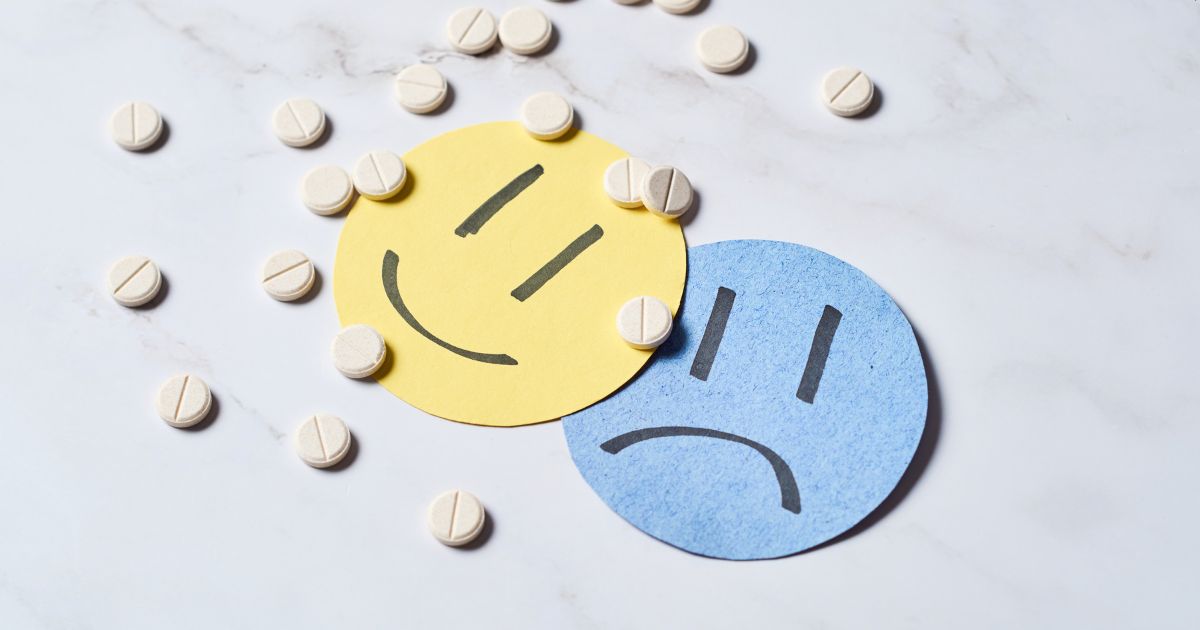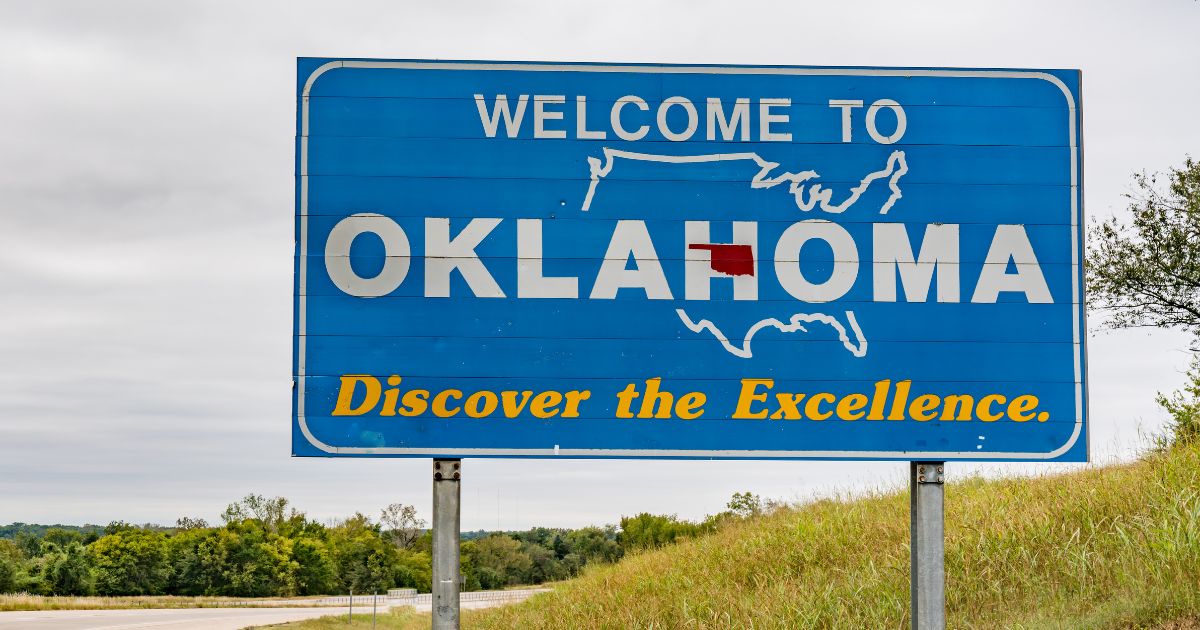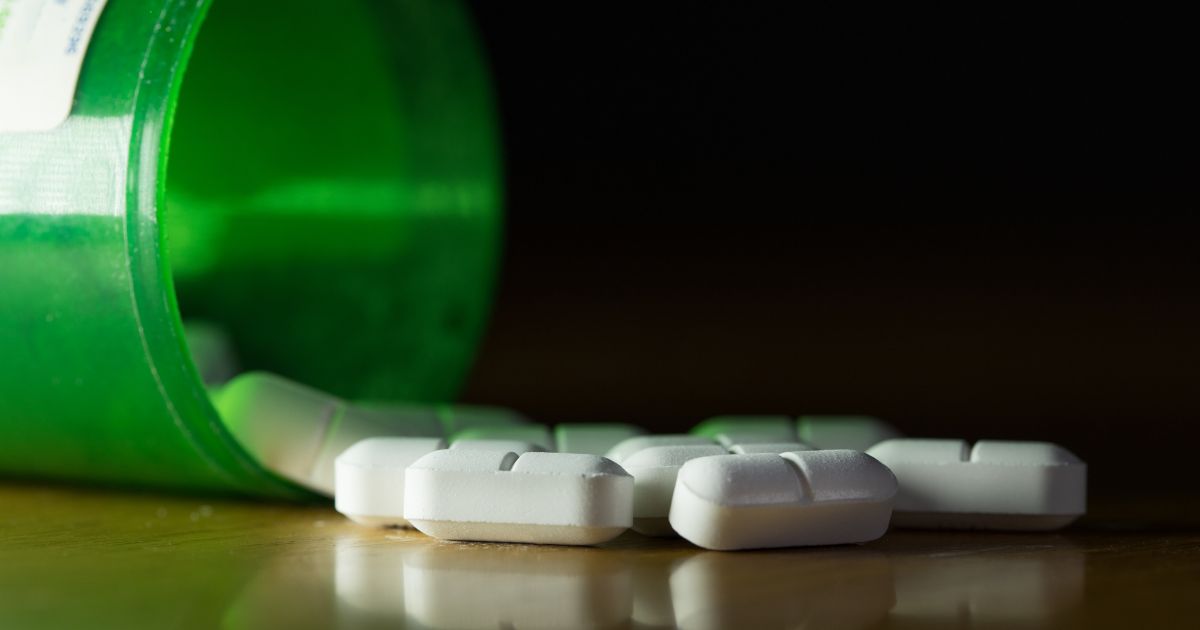What Is Bipolar Disorder?
Bipolar disorder is a mental illness characterized by severe mood fluctuations. The individual with this illness switches back and forth between intense mania and depression. Because of this, the disease is sometimes known as manic depression.
When someone has mania, they may feel cheerful, active, or even irritated. Manic depression produces feelings of despair and a loss of interest in most activities.
Extreme mood swings can have an impact on energy levels, sleep habits, cognition, and behavior.
There are four major forms of bipolar disorder. Bipolar I and Bipolar II.
Types of Bipolar Disorder
There are four major forms of bipolar disorder. Bipolar I, Bipolar II, Cyclothymic Disorder, and Bipolar Disorder “Unspecified.”
Bipolar I Disorder
The most severe form of the disorder is known as Bipolar I disorder. Manic episodes in bipolar I last at least one week, whereas depressed episodes last at least two weeks.
Bipolar I patients may have both manic and depressive symptoms at the same time. Manic episodes in Bipolar I can sometimes lead to psychotic symptoms (hallucinations or delusions) and may require hospitalization to manage. Bipolar I may also involve depressive episodes, though they are not necessary for a diagnosis.
Bipolar II Disorder
Another form of the disorder is Bipolar II condition. People experience periods of depression but where mania is absent. It instead exhibits hypomania, which are episodes of heightened mood and energy that do not meet the clinical criteria of mania.
Individuals with Bipolar II are often more impacted by their depressive episodes than their hypomanic ones, which can make the disorder challenging to identify. However, because of the lack of mania, people suffering from this ailment are also more inclined to seek help.
Cyclothymic Disorder (Cyclothymia)
Involves periods of hypomanic and depressive symptoms that are less severe than Bipolar I and II. These symptoms last for at least two years (or one year in children and adolescents).
Mood swings from Cyclothymia are less extreme than in Bipolar I or II but are persistent and may still interfere with personal and social functioning. People with cyclothymia experience frequent emotional highs and lows, but the shifts aren’t severe enough to meet the criteria for full hypomanic or major depressive episodes.
Cyclothymic disorder often goes undiagnosed or misdiagnosed, as it can be mistaken for general moodiness or personality traits.
Bipolar Disorder Unspecified
This category is used when a person’s mood symptoms are consistent with bipolar disorder but doesn’t fit neatly into Bipolar I, Bipolar II, or Cyclothymic Disorder. For example, someone might experience repeated hypomanic episodes without major depressive episodes, or their mood swings might not follow the typical patterns. “Other Specified” is used when a clinician specifies why the criteria aren’t fully met, while “Unspecified” is used when details are insufficient. This category is helpful for identifying individuals who may still benefit from treatment for mood stabilization, even if their symptoms don’t align precisely with a defined type of bipolar disorder.
What Are the Symptoms of Bipolar Disorder?
Bipolar disorder symptoms differ depending on whether the patient is in a manic, hypomanic, or depressive phase.
Mania and hypomania have the same symptoms but have different degrees. Mania is more intense. It can cause psychosis or a detachment from reality.
Symptoms of mania or hypomania include:
- Feeling unusually enthusiastic, “wired” or jumpy
- Higher energy levels
- Higher degrees of self-confidence
- Reduced need for sleep
- Euphoria
- Increased irritability and agitation.
- Raced thinking; quickly diverted.
- Unusually chatty.
- Poor decision-making might lead to increased hunger
.
Depression symptoms include:
- Feelings of despair and hopelessness
- Symptoms may include loss of interest, decreased appetite, and weight loss
- Changes in sleep habits – insomnia or sleeping too much (both can occur)
- Fatigue
- Feelings of Worthlessness
- Reduced capacity to thought and focus
- Thoughts of death or suicide
While bipolar disorder symptoms may seem hard, they can be managed with appropriate treatment. This typically includes medications, therapy, and lifestyle adjustments. Early diagnosis and treatment are essential for stabilizing mood swings and helping people lead fulfilling lives.
How Is Bipolar Disorder Treated?
Bipolar disorder is most often treated through medication. Mood-stabilizing medications or antipsychotics help provide immediate symptom relief. Therapy can also help. Therapies like CBT help individuals identify negative thought patterns and behaviors that may worsen symptoms. Learning to reframe these thoughts can lead to healthier behaviors and better mood regulation.
The Link Between Bipolar Disorder and Substance Abuse
There is a well-documented link between bipolar disorder and substance abuse, with research indicating that individuals with bipolar disorder are more likely to struggle with substance use disorders (SUDs) than the general population.
This co-occurrence of the two conditions is known as a “dual diagnosis,” and it can create a cycle where each feeds into the other. People with dual diagnosis bipolar disorder and addiction issues require a treatment plan that addresses both.
The main reason for such a high co-occurrence rate is self-medication. People with bipolar disorder may turn to substances like alcohol, marijuana, or stimulants to cope with their condition. For example, over 46 percent of those with bipolar I and almost 40 percent of those with bipolar II have AUD, making it the most common addiction to co-occur. Higher impulsivity due to mania is another reason people with bipolar disorder seem to experience addiction at a higher rate.
Get confidential help from our addiction treatment specialists in Orange County. Call to join our rehab program today!
Call 866-881-1184What Is Borderline Personality Disorder?
Borderline personality disorder (BPD) is a mental illness characterized by emotional instability and lack of impulse control. People with this condition exhibit a “joyless” effect – basically, they’re unable to feel happiness. They also spread this joylessness to others via what is called “splitting behavior,” in which they try to pit people against each other.
Other key features of BPD include:
- Fear of Abandonment: Individuals with BPD often have an intense fear of being left alone or abandoned, leading to frantic efforts to avoid real or imagined separation or rejection.
- Unstable Relationships: Relationships are often intense and short-lived, marked by frequent changes in feelings about others, ranging from intense admiration to extreme anger or dislike.
- Unclear or Shifting Self-Image: People with BPD may struggle with their self-identity, leading to sudden changes in values, goals, or self-perception.
- Impulsive Behaviors: Engaging in risky behaviors, such as reckless driving, spending sprees, substance abuse, or binge eating, is common and can provide temporary relief but often leads to later regret.
- Emotional Instability: Individuals experience intense emotional highs and lows, often feeling “empty” or numb between episodes.
- Intense, Inappropriate Anger: There may be episodes of intense anger that seem out of proportion to the situation.
Treating BPD often involves a combination of psychotherapy (such as dialectical behavior therapy or DBT, which is specifically designed to help manage BPD symptoms), medication, and lifestyle changes. Therapy is usually the mainstay of treatment, helping individuals develop coping skills, stabilize their emotions, and improve their relationships.
The Link Between Borderline Personality Disorder and Substance Abuse
There is a well-established link between BPD and addiction. Studies show that about 78% of people with BPD will develop a substance addiction at some point. The reason for this is, like with many serious mental illnesses, people with BPD turn to substances as a way to self-medicate. This means they use drugs in an attempt to deal with their symptoms.
Looking for quality substance abuse treatment that’s also affordable? South Coast accepts most major insurance providers. Get a free insurance benefits check now.
Check Your CoverageBipolar Disorder vs Borderline Personality Disorder: Similarities and Differences
BD and BPD share some similarities (even the acronyms look similar), particularly in regard to mood instability. However, these are fundamentally different illnesses with different risk factors, symptoms, and treatments.
Similarities between the two include:
- Mood Instability
- Impulsivity
- Transient Relationships
- Risk of Self-Harm
However, even these similarities manifest differently. For example, in BPD, self-harm serves as a way of responding to rejection, often in an attempt to manipulate, whereas with BD, self-harm occurs during depressive phases.
The Importance of Mental Health Treatment
If you or someone you know is struggling with mental health issues, you’re not alone. We offer a full mental health treatment program in Oklahoma City. This program is staffed by seasoned professionals and utilizes the best in evidence-based care. Don’t hesitate to reach out by calling us or filling out our secure contact form today. Let us help you take the first step towards healing and recovery.









